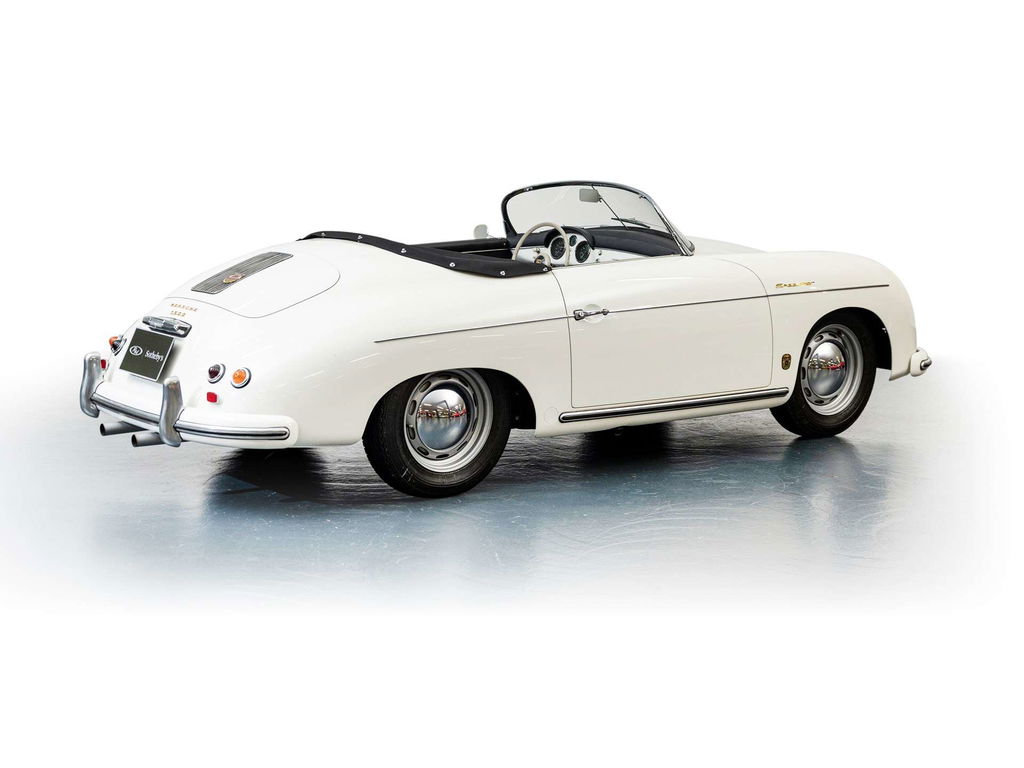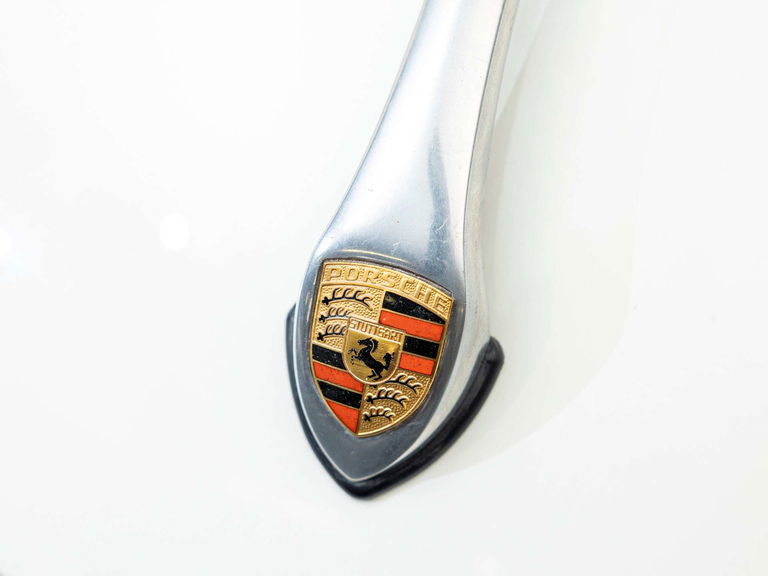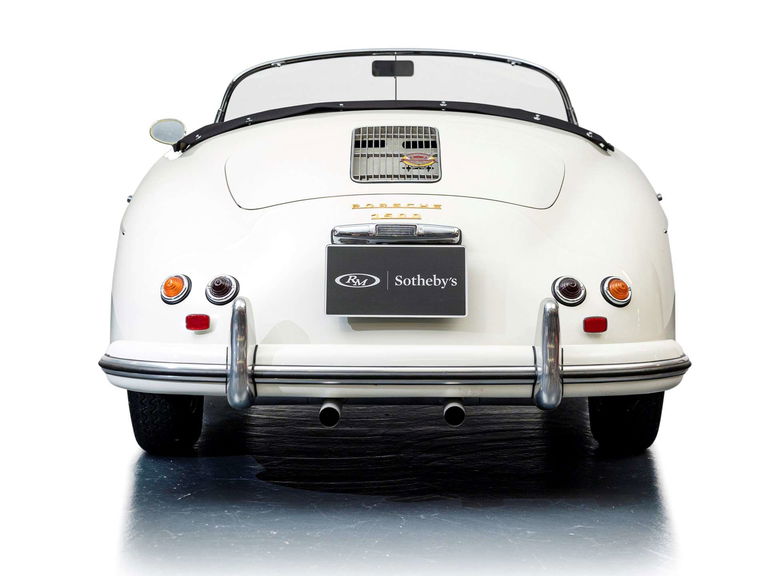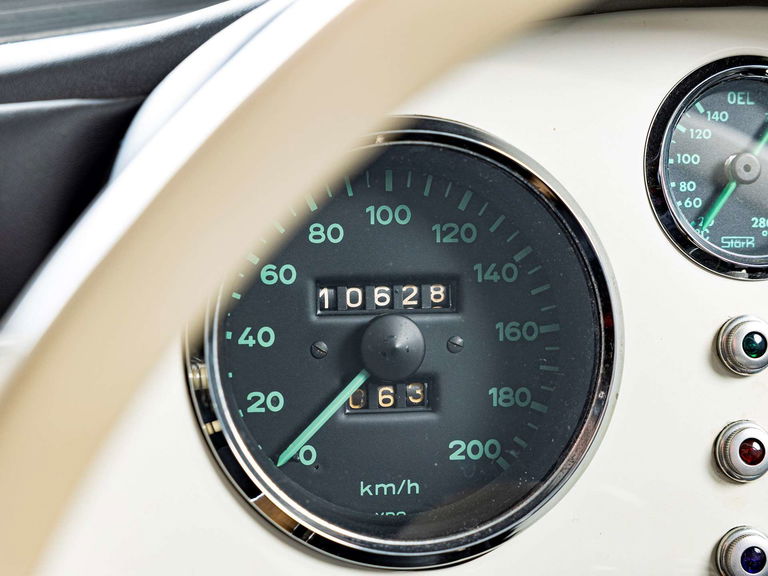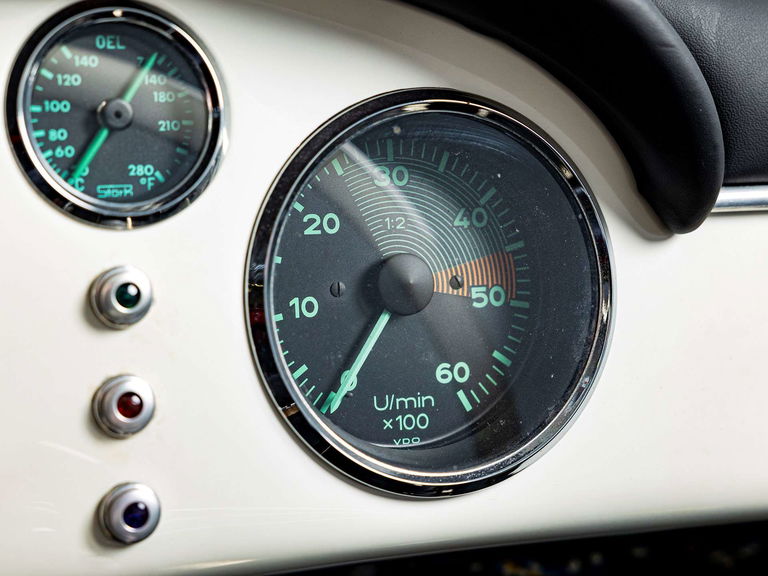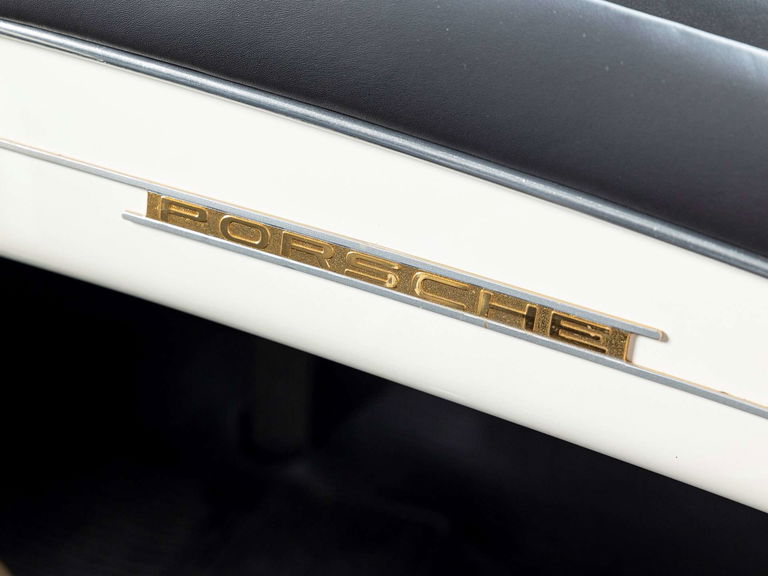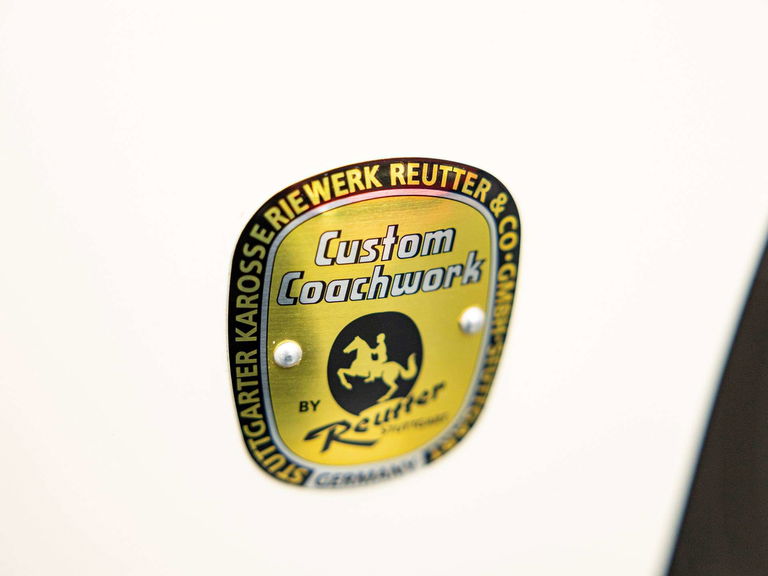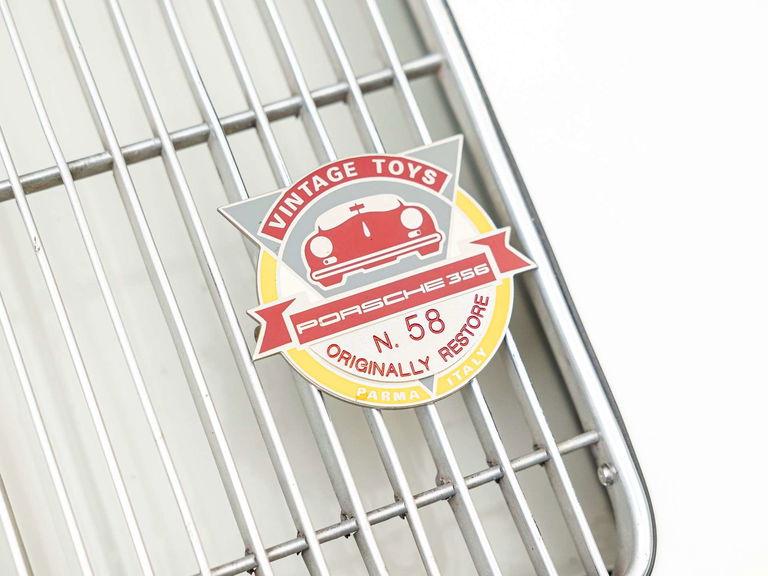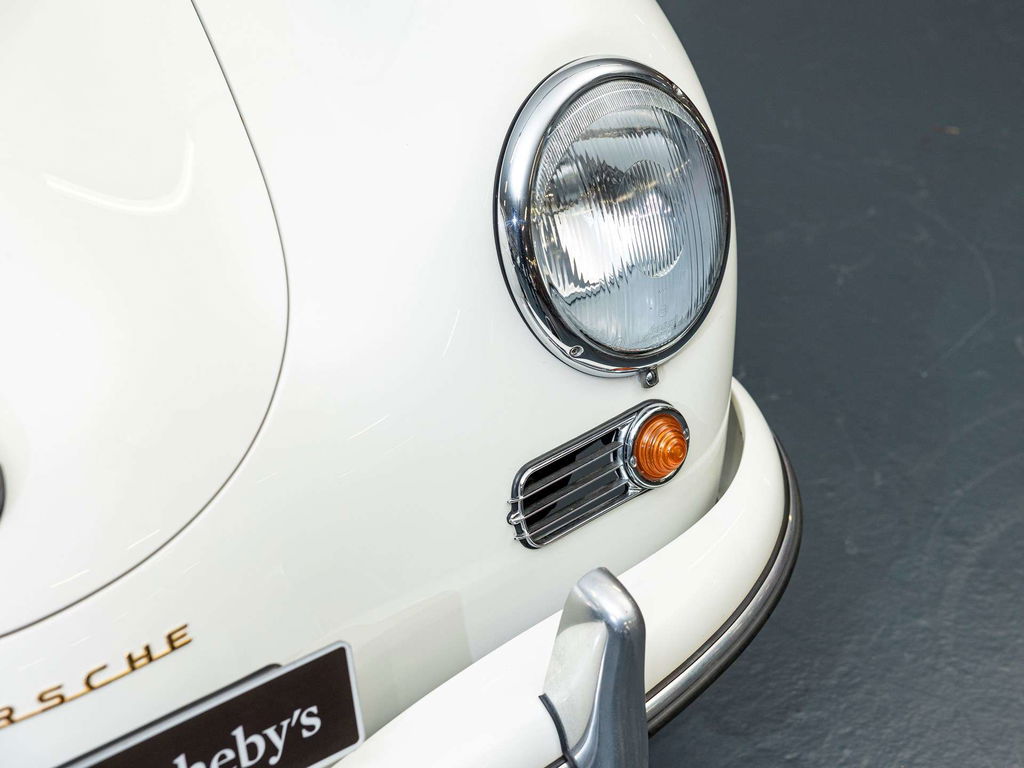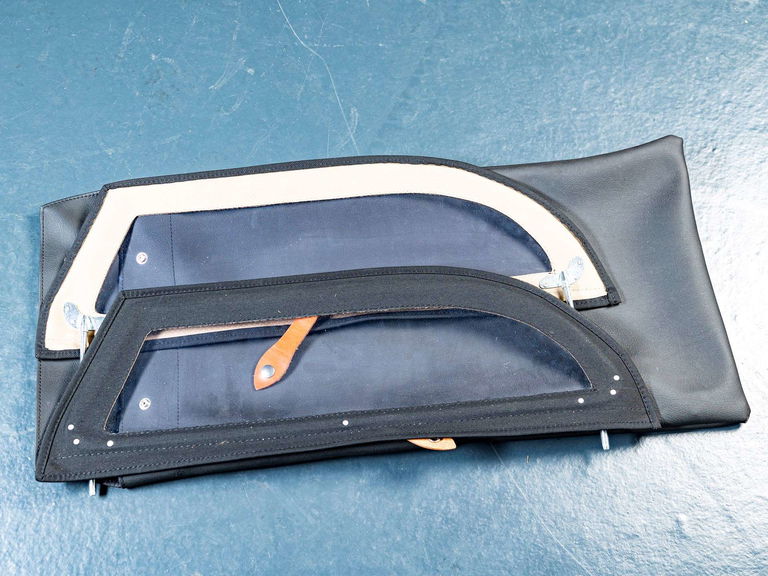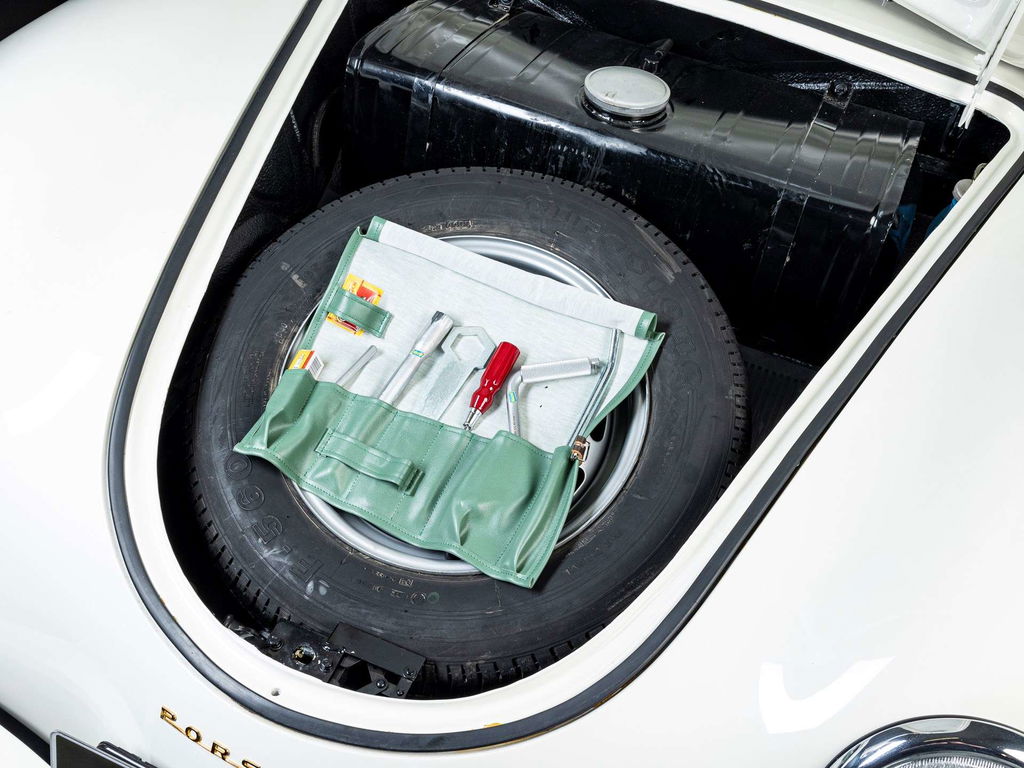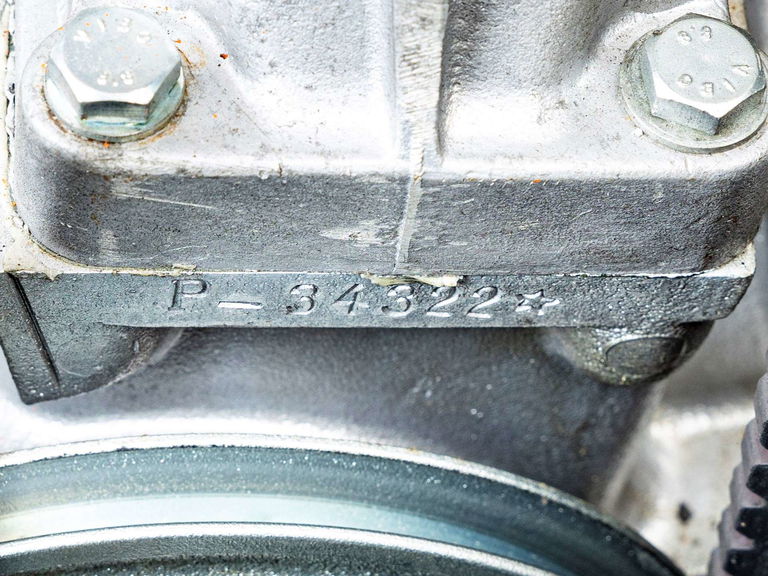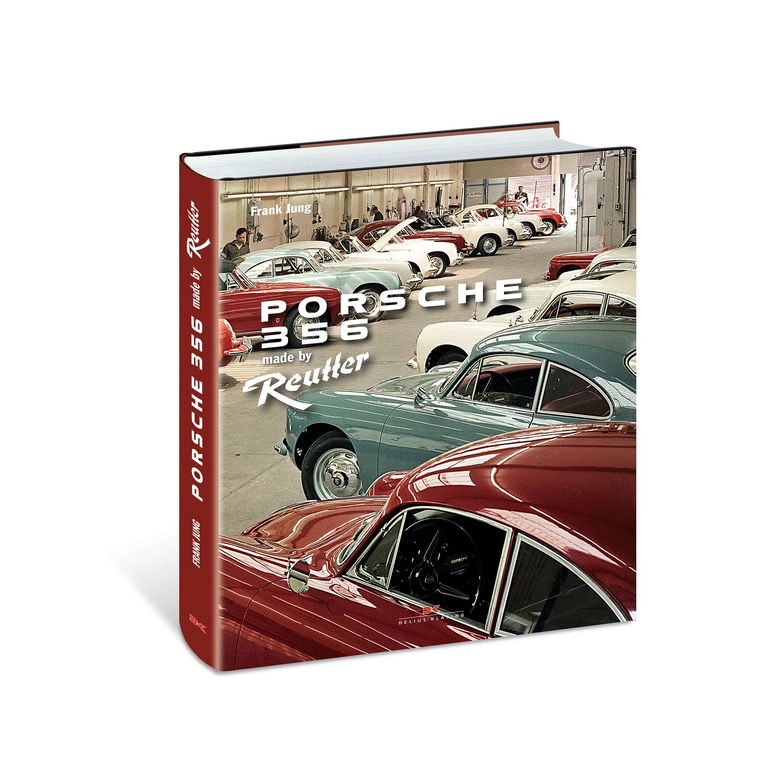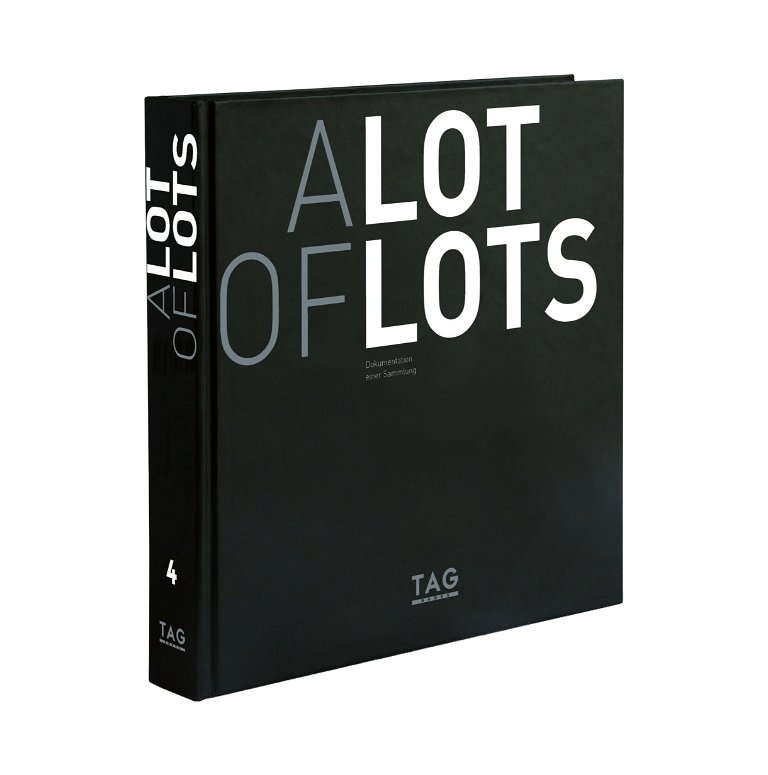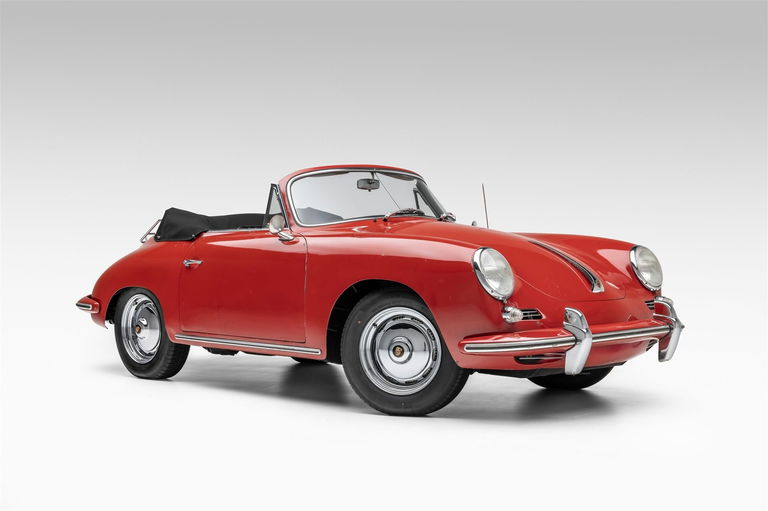Porsche’s immortal Speedster was born out of the vision of North American importer Max Hoffman, who became legendary for bringing open-top European sports cars to the burgeoning US market. Hoffman suggested to Ferry Porsche that a mid-market gap existed for a no-frills, race-ready convertible, and that West Coast customers in particular would be keen on such a model. This conclusion was based in part on the input of California distributor John von Neumann, who eventually made similar overtures to Ferrari importer Luigi Chinetti.
By early-1951, a prototype was built and shown to Hoffman, and he urged Porsche to greenlight production under the name America Roadster. The 356 America Roadsters were comparatively elegant creations bodied in aluminium by Erich Heuer’s Gläser Karrosserie. While customer reception was overwhelmingly positive, the America Roadster was too expensive to build due to the aluminium construction. Porsche management realised that it would be difficult to cut into the market share of brands such as Jaguar and Austin-Healey if the car was not relatively affordable. So after just 16 America Roadsters were built, Porsche revised the model’s market strategy.
Accordingly, Stuttgart approved a new phase of production of a roadster that would be less expensive to build and consequently more attainable for average enthusiasts. Reutter was contracted to build coachwork in steel (a less expensive and more resilient material) to a revamped design that smoothed over the America’s styling cues, most noticeably eliminating the discrete front and rear fender lines that characterised the original.
The new high-waisted bathtub-style body design allowed Reutter to immediately begin construction with 356 Cabriolet bodyshells before developing dedicated Speedster tooling. Equipped with a low-raked windscreen and a minimal folding top, the 356 Speedster was appointed with a spartan interior of thin-shelled bucket seats and side curtains, lacking roll-up windows or a heater.
Speedster production commenced in late-1954 with cars offered in two different states of tune; the 1500 and 1500 S. The 1500 model was powered by the type 546/2 engine, a development of the 1500 engine first introduced in 1953 that amply capitalised on the model’s rewarding power-to-weight ratio. Available at a base price of $2,995, about $1,600 less than its America Roadster predecessor, the Speedster proved to be a hit in showrooms, especially those in warmer climes. A typical Hoffman advertisement of the day proclaimed: ‘Years ahead in engineering, Miles ahead on the road’.
Speedsters quickly established themselves as the cars to beat in small-displacement racing classes, eventually proving to be so popular in amateur competition that entire grids were often filled with these diminutive warriors. Celebrated today for its distinctive and pivotal design, the 356 Speedster is arguably the most iconic model in Porsche’s illustrious production history. It is an undeniable member of the sports car pantheon that continues to fascinate with its distinctive design lines and racing ethos, ably justifying its place at the centre of major collections worldwide.
This beautifully presented example of the celebrated 356 Speedster benefits from the presence of its matching-numbers engine and a prior restoration. According to a copy of a Kardex available on file, chassis number 80288 was ordered by the Hoffman Motor Car Company in New York, specified with sealed-beam headlamps and instrumentation displayed in miles. Finished in white paint over an interior of black leather, the 356 was dispatched from the factory in February 1955.
Although this Porsche’s intermediary history is yet to be uncovered, by the early-2010s the car had been reimported to Europe, and it reportedly spent many years in France before being treated to a restoration. This work included refreshing the cosmetics in the factory-correct colour scheme of white paint over a black leather interior, and the fitment of instruments showing in kilometers.
After being purchased by The Carrera Collection in June 2014, the restored Speedster was appraised by marque expert Christian Kramer in April 2016. His report, a copy of which is available on file, notes the fine refurbishment and the continued presence of the matching-numbers engine. Indeed, number stampings indicate that the engine number (34322) matches the original Kardex data, demonstrating optimal mechanical authenticity.
Accompanied by a tool roll and jack, this elegant Speedster would make a wonderful addition to any collection. The beautifully finished 356 is ideal for presentation at concours and marque gatherings, and it is eligible for exclusive vintage racing and touring events worldwide, including the Mille Miglia Storica. Aptly epitomising one of Stuttgart’s most iconic models, this enchanting Speedster offers spirited performance and rapturous aesthetics that evoke one of motoring history’s most celebrated eras.


